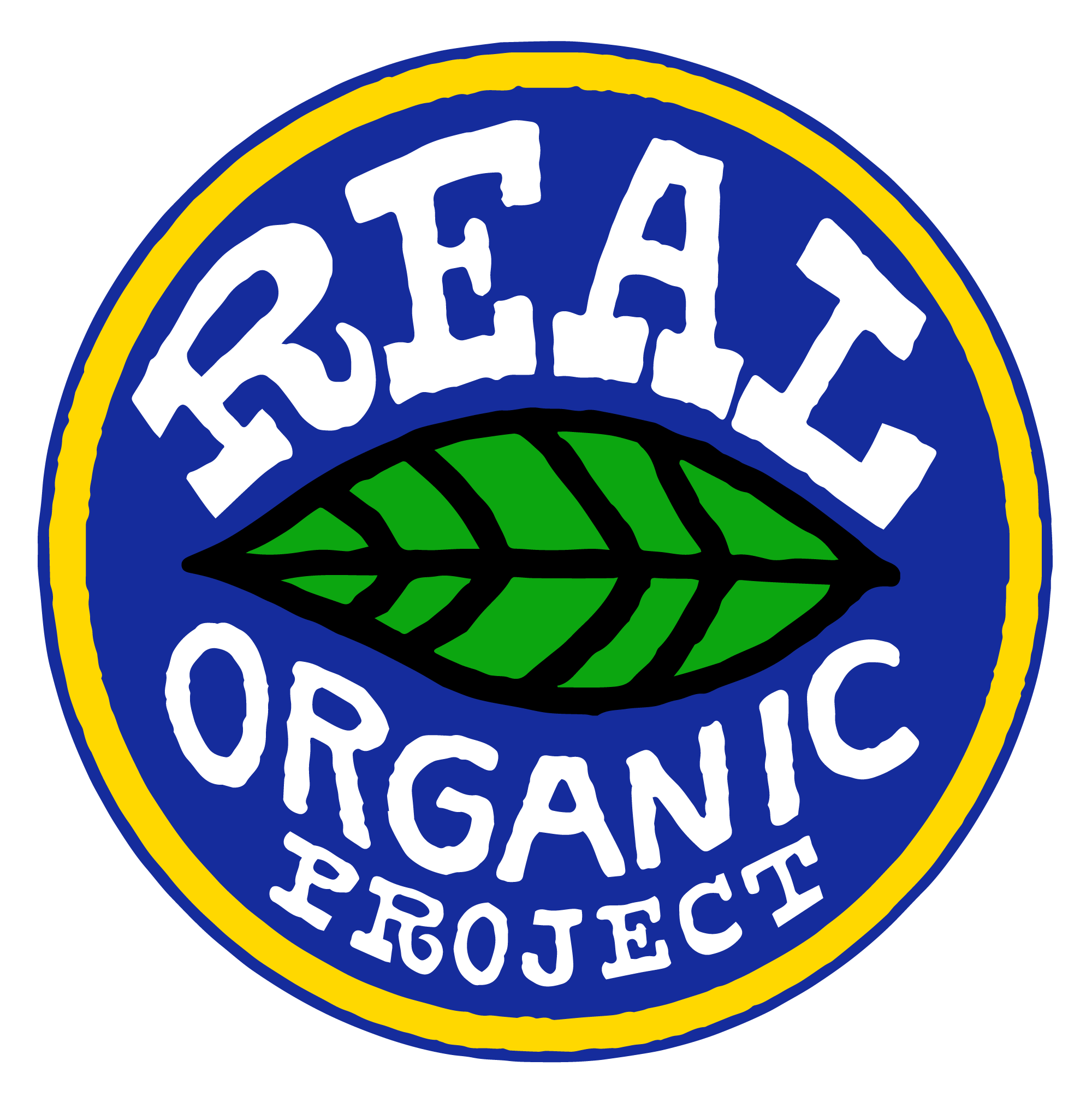This week we are sharing a great “Know Your Farmer” video of a California pioneer: Frey Vineyards. I got to visit with Katrina Frey at the EcoFarm Conference. Katrina and her husband, Jonathan, and daughter Eliza, are Real Organic Project pilot farmers who got certified with us last year. The video shows their spectacular vineyard, talks bout real organic management of their “terroir” and describes the aftermath of the terrible fires that destroyed much of their farm in 2017. Come learn about these fabulous biodynamic farmers who have led the way in organic wine production.

Katrina Frey. Photos courtesy of Frey Vineyards.



Eiza Frey.
The following is a letter shared with us by Jim Durst. Together, Jim and Deborah run Durst Organic Growers. They are another amazing farm certified with the Real Organic Project.
We have been growing organic, fresh market vegetables, hay, and grains in the Hungry Hollow area of Yolo County, California, since 1988. Farming about 800 acres, our farm sells into retail and wholesale markets locally, and across the country. Crops include tomatoes, asparagus, snap peas, winter squash, watermelons, alfalfa, and small grains.

Jim Durst.
Our organic farming practices have been evolving through years of experience allowing us to grow nutrient-dense and flavor-filled vegetables; capturing the taste of sunshine, living soils, and clean water, and bringing all the goodness of nature to our customer’s table. We employ 20 full-time employees and a workforce of 175 during harvest months.
We first became certified with CCOF in 1988 with small acreage, and then transitioned all our land into organic production. Through the 1980s, we worked with CCOF on the organic standards board developing and writing the organic standards that became the basis for the national organic standards.
Starting out small allowed us to develop markets and practices that later supported increased demand from our customers. Through consistent fine-tuning of our organic practices, we have been able to reach the highest yield potential for our fields and soils. We have neighboring non-organic farms taking notice.
We sell mainly into the wholesale and retail marketplace with 60% of sales to west coast locations and the balance shipped to other regions of the United States. Cherry tomato sales, our largest income crop, has grown from 1200 cartons per acre to over 2500 cartons per year. We have spent 30 years nurturing this market with quality and flavor and organic integrity. Our customers have come to know our brand as premier in flavor and quality.

Deborah Durst.
In recent years that market share is being eroded somewhat by greenhouse competitors producing hydroponic tomatoes year-round in a controlled atmosphere environment using soil-less farming systems. Their production and harvest costs are lower than open field systems, and some products are coming from Mexico, where labor costs are substantially lower. For example, we pay $175 for an 8 hr. day and Mexico pays $20 for an 8 hr. day. Greenhouse production also allows for harvest efficiencies that we cannot attain in open field production. Greenhouse production may have a place in our food system but it is wrong to allow it to carry the label of ‘organic’. At the end of their season, they discard their soil medium and start again.

Hydroponic “certified organic” blueberries from California.
Where is the soil building program in this system? Where is the complexity of natural ecosystems in this production system?
I have toured some of these greenhouses and I can guess at the capital expenditure necessary to mimic natural systems. I am humbled by the knowledge and science that has designed these artificial food factories. They are sterilized food systems where only the favorable necessary components of food production are allowed inside.
Organic principals are based on the health of the soil: a symphony of minerals, water, microbiology, sunshine, air, mystery, and complexity. These are the components of plant health and nutrition in the natural world. These are the source of the nutrition we take into our bodies, the nutrition that sustains us. You can attempt to replicate the growing process in hydroponics, leaving out the soil part, but the soil portion is where the mystery of plant growth and health happens. The soil is where true human health, the essence of who we are, is rooted.
And as soil farmers, we are not afraid to compete in the marketplace against these greenhouse operations. But we do resent the mislabeling of them as organic. We, as long-time organic growers, cannot stand on the sidelines and permit this misnomer to proceed unchecked.
Please support the Real Organic agricultural movement. Write letters to the NOSB calling for an end to industry lobbying practices that dilute regulations born of experience, integrity, and vision. As growers and stewards of this planet, we cannot minimize the critical importance that healthy soils play in the long- term health of our planet and its citizens. We must take a prophetic role in calling farmers and consumers alike to activism.
Hydroponics may have a place in modern agriculture food systems. But it cannot be recognized as organically grown when the power of soil does not play a primary role in the production of food.
– Jim Durst

